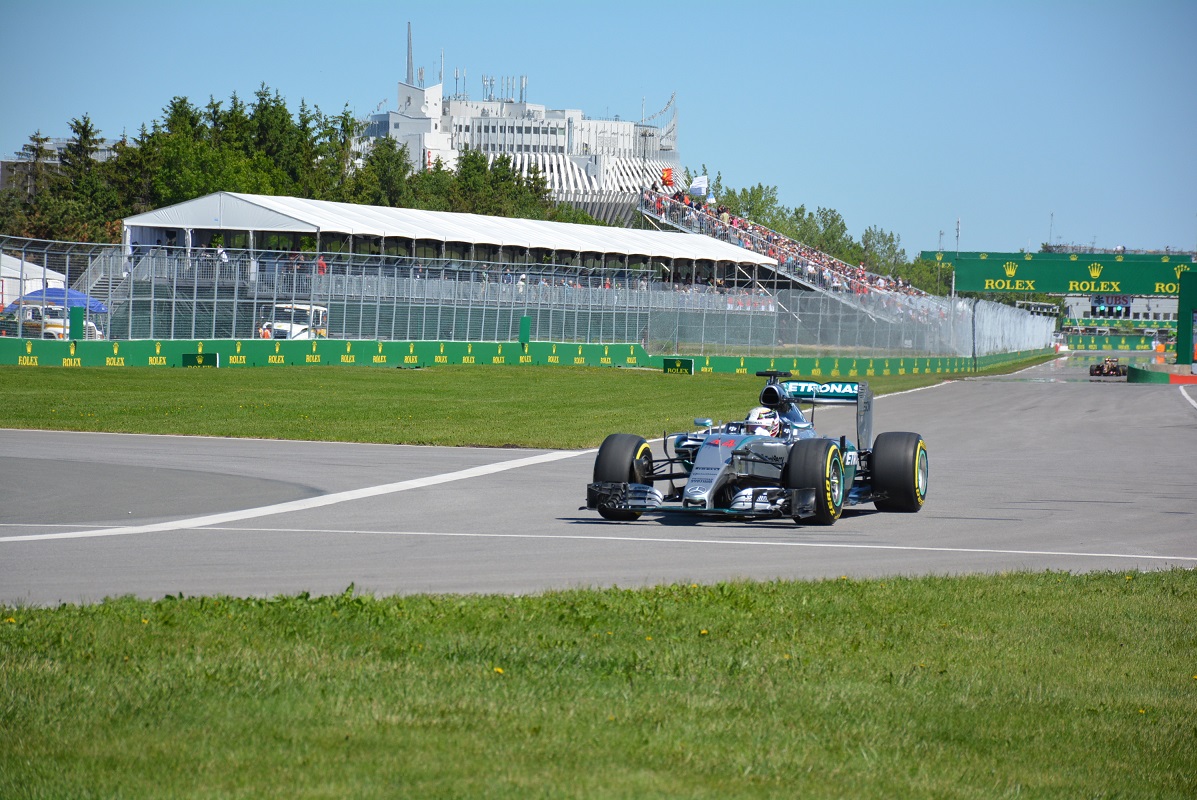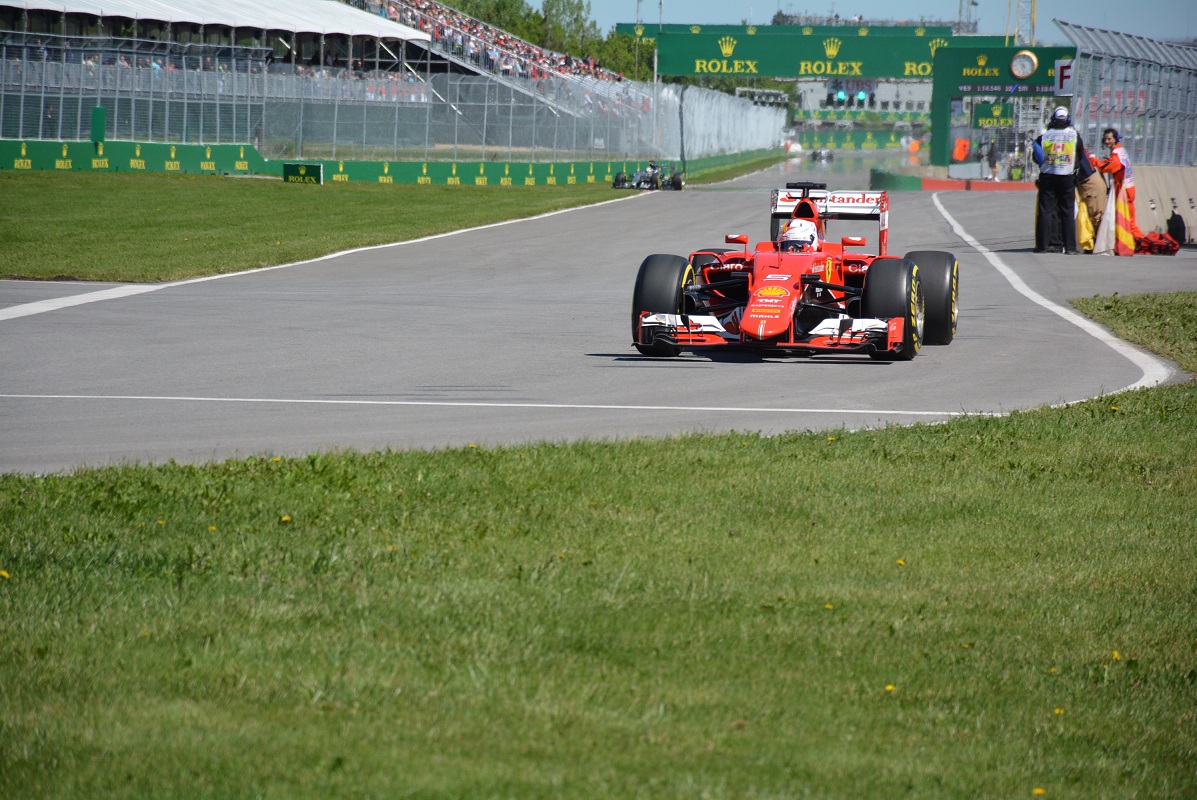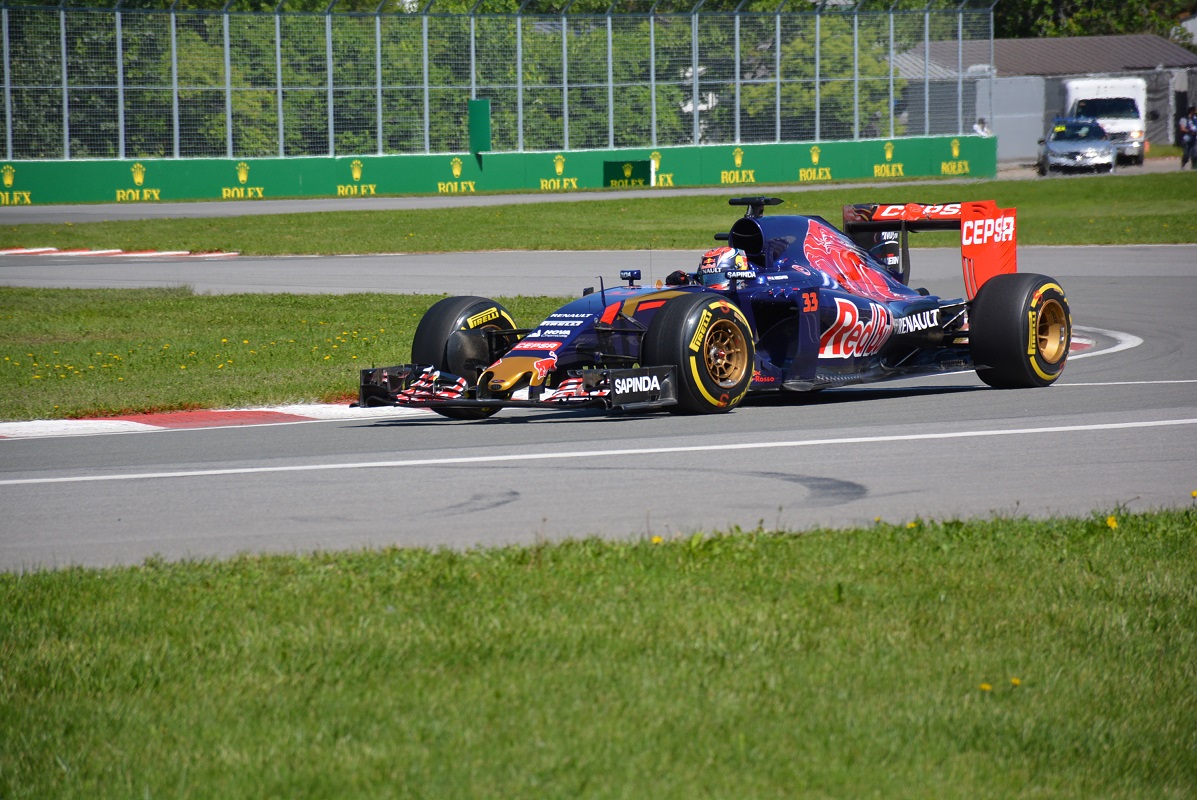Movin' On: From Ambition to Action
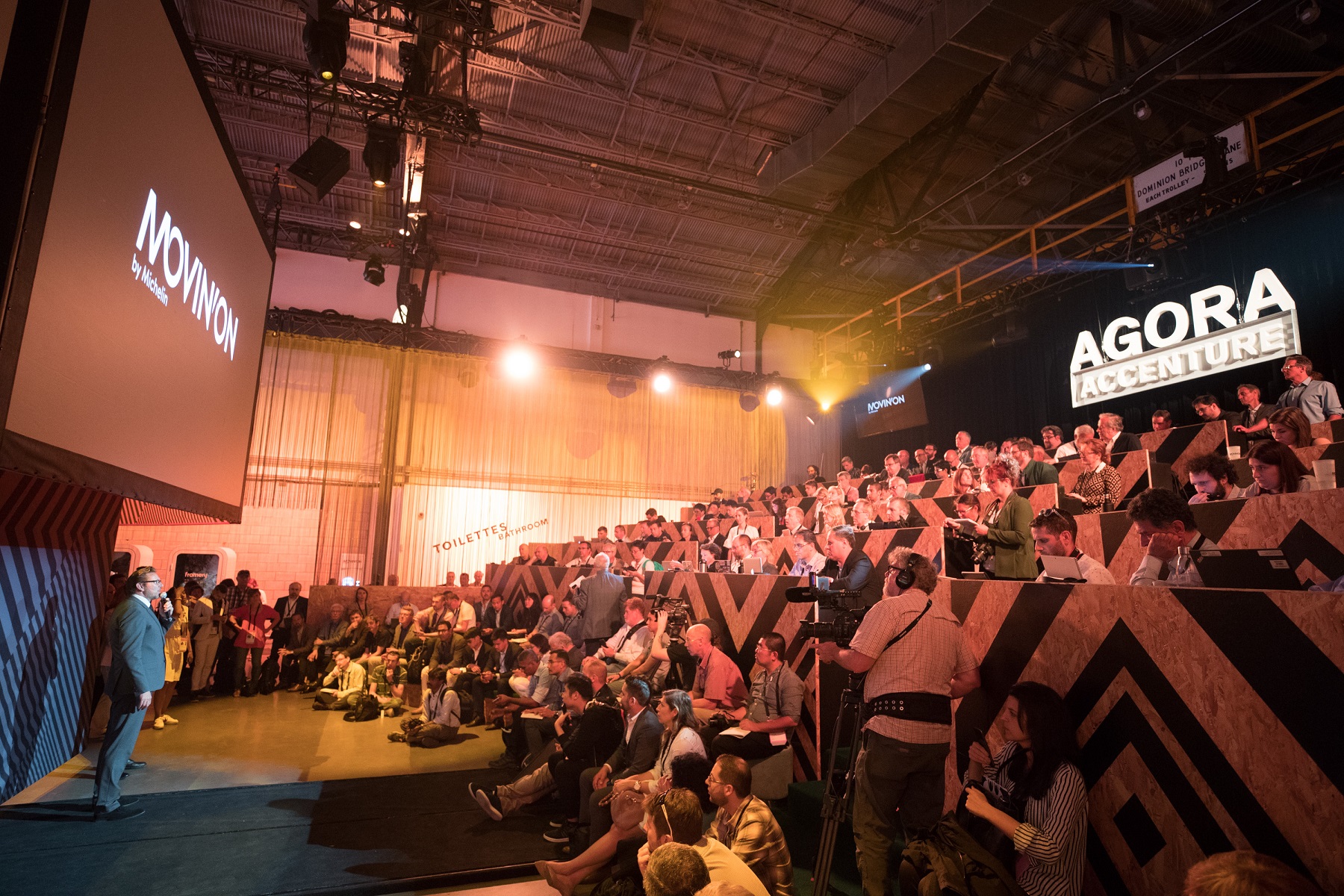
Montreal, QC – The Movin' On summit by Michelin is a unicorn in the face of trade shows and corporate events. It goes against the grain of any typical sponsorship, especially when its own director is convinced the Michelin name will disappear in a few years.
“First of all, it's not a sponsorship,” explains Nicolas Beaumont, director, Movin' On summit and Senior Vice President, Sustainable Development and Mobility, Michelin. “It's a partnership of companies, academics, politicians, governments, and non-government organizations all coming together to tackle sustainable mobility.”
In its over 100 years of history, Michelin has been a long time advocate for sustainable mobility. In 1998, the movement took off through the creation of the Michelin Challenge Bibendum: a gathering of stakeholders, companies, governments and cities. According to Beaumont, it was a successful collaboration every 2-3 years, but it mainly centred around Michelin, and had to change course. That birthed the transformation to what we now know as Movin' On, an accelerated extension of Michelin Challenge Bibendum for more networking, partnerships and deeper conversations for the common goal of ambition developing into action.
In its second year (both based in Montreal), Michelin still has a sizable booth and makes announcements like any other partner. At a press conference on the first of three days, it presented its future ambition that all of its tires will be made using 80 percent sustainable materials and could be fully recycled by 2048 (the current percentage of sustainable materials sit at 28 percent, while 70 percent of tires are recovered, while 50 percent are recycled into products). Michelin's key breakthrough comes from the development of bio-sourced materials (26 to 50 percent) from several projects including 'Bio Butterfly' that began in 2012 to create synthetic elastomers from wood chips, hay, straw and beets.
Considering that these plans could potentially save 33 million barrels of oil per year, the environmental impact by Michelin would be monumental. Yet, that wasn't even close to the biggest takeaways from this year's event.
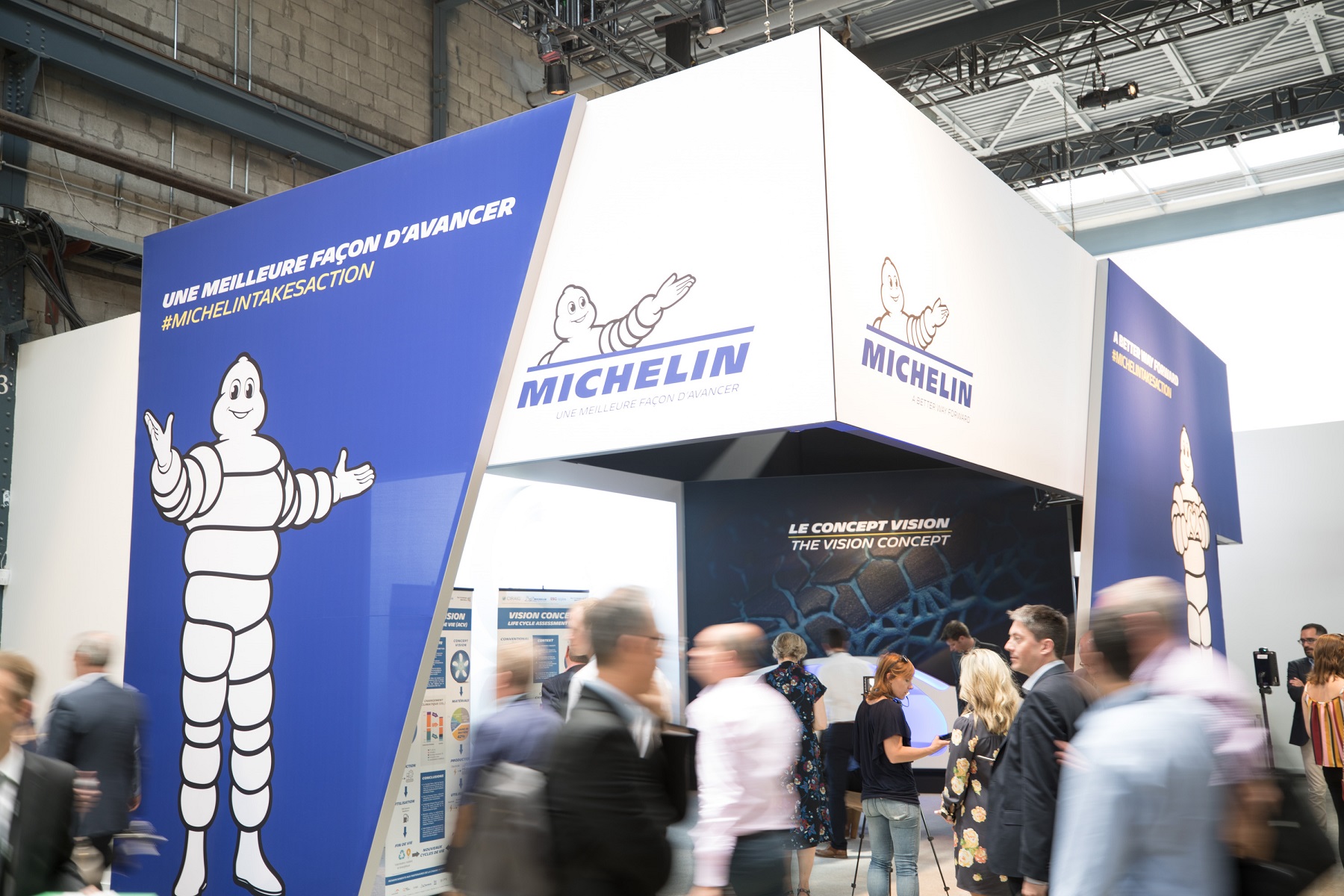
Movin' On is just so much bigger than one company announcement or initiative. The summit allows Michelin to act as a facilitator of collaboration and innovation for players in both the public and private sector for the survival of the transport and humanity as a whole.
And the numbers of partners and participants reflect Michelin's vision. Partners have increased year-over-year by 20 percent, up to 155 including close to a dozen automakers. Furthermore, the total number of nationalities grew to 60 along with 180 officials from various governments, all combining for a record number of 5,000 unique visitors, doubling the amount from last year.
One of those government officials, Canada's Transport Minister Marc Garneau took part in the final panel discussion of the summit.
“Transportation is in the midst of a revolution and it's something the federal government cannot ignore. Whether its charging infrastructure, electric cars or hydrogen fuel cells, people and industries want to know where federal plays into all this, and the Movin' On summit gives us an opportunity to do so and we appreciate it.”
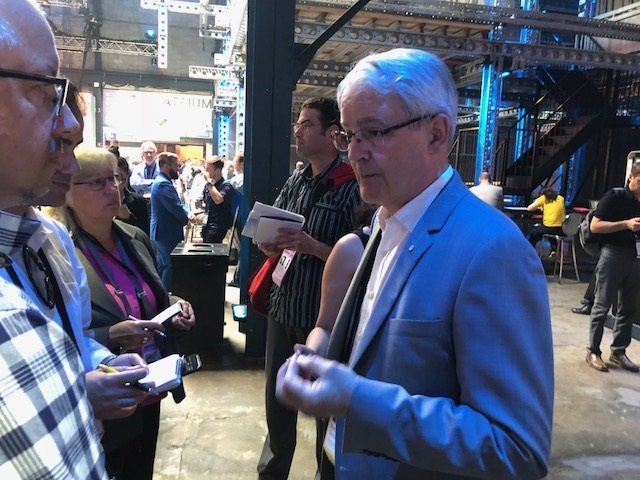
Minister Garneau admits that Canada is still playing catch-up when it comes to building charging infrastructure despite $180 billion invested over 12 years under the Investing in Canada plan. Canada isn't focused on simply one mobility solution, encouraging all zero emissions technologies with hopes that the private sector comes along to help close the infrastructure gap.
For this to happen, regulation needs to be at the forefront and a large barrier of transparency needs to be loosened, and that's where Movin' On can step in.
“Last year, the various partners got to know each other and this year we've seen more change where people are more transparent and comfortable with each other,” adds Beaumont. “People think if something is sustainable, it's not profitable. Now that's changing and people are talking about business models.”
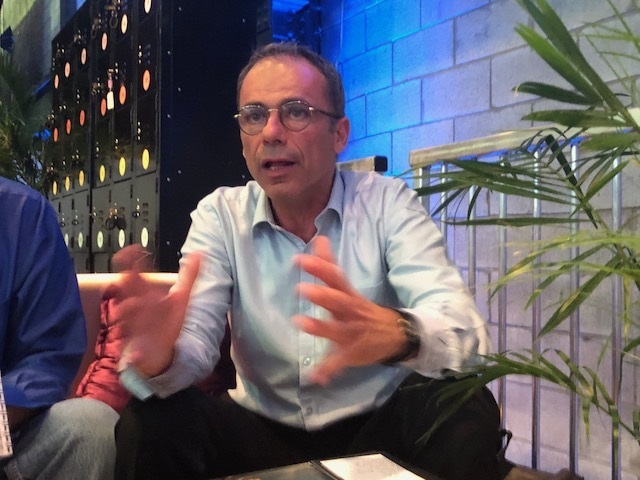
The long-term approach collaboration approach benefiting transport, its industries and humanity was on display during one of the panel discussions focused on artificial intelligence and connectivity. On the panel, Dr. Joshua Schank, chief innovation officer, Los Angeles County Metro, explained how his responsibility is to take private sector ideas and see if they can work in a public environment. But that chore has become increasingly difficult as the wrong technologies at times are being pushed without any constituent requests for artificial intelligence or connectivity.
“There's a tremendous potential with semi-autonomous technology to improve safety within vehicles and reduce fatalities, but it's not happening as government policy lags. We're not doing enough to force this to happen. Companies however, are fascinated about getting drivers out of cars, allowing machines to do the driving, which to me has little public policy benefit only to provide profits for those companies.”
Schank's statement comes from a practical view of the current as people suffer from a lack of mobility. Even though the other panellists were all corporate leaders from Orange, Accenture and Element AI, they all agreed that collaboration must take place for the future of sustainable mobility. And all were in agreeance that the best way to build the framework would be for standardized global regulations.


What form connectivity, autonomous cars, or artificial intelligence will take is unknown. Those solutions were never going to be formed in the three days of the summit, as these policies take time and need to be carefully crafted and concrete with safety being paramount. But it's the start of the conversation involving leaders in their industries or governments and that's the premise behind Movin' On and the reason why Michelin is adding Movin' On labs throughout the year for additional collaboration that could hopefully be presented or come together in this annual meet.
As Minister Garneau pointed out the revolution is on and Michelin is playing a major role to facilitate a shared solution between the private and public sector in the preservation and future of mobility. 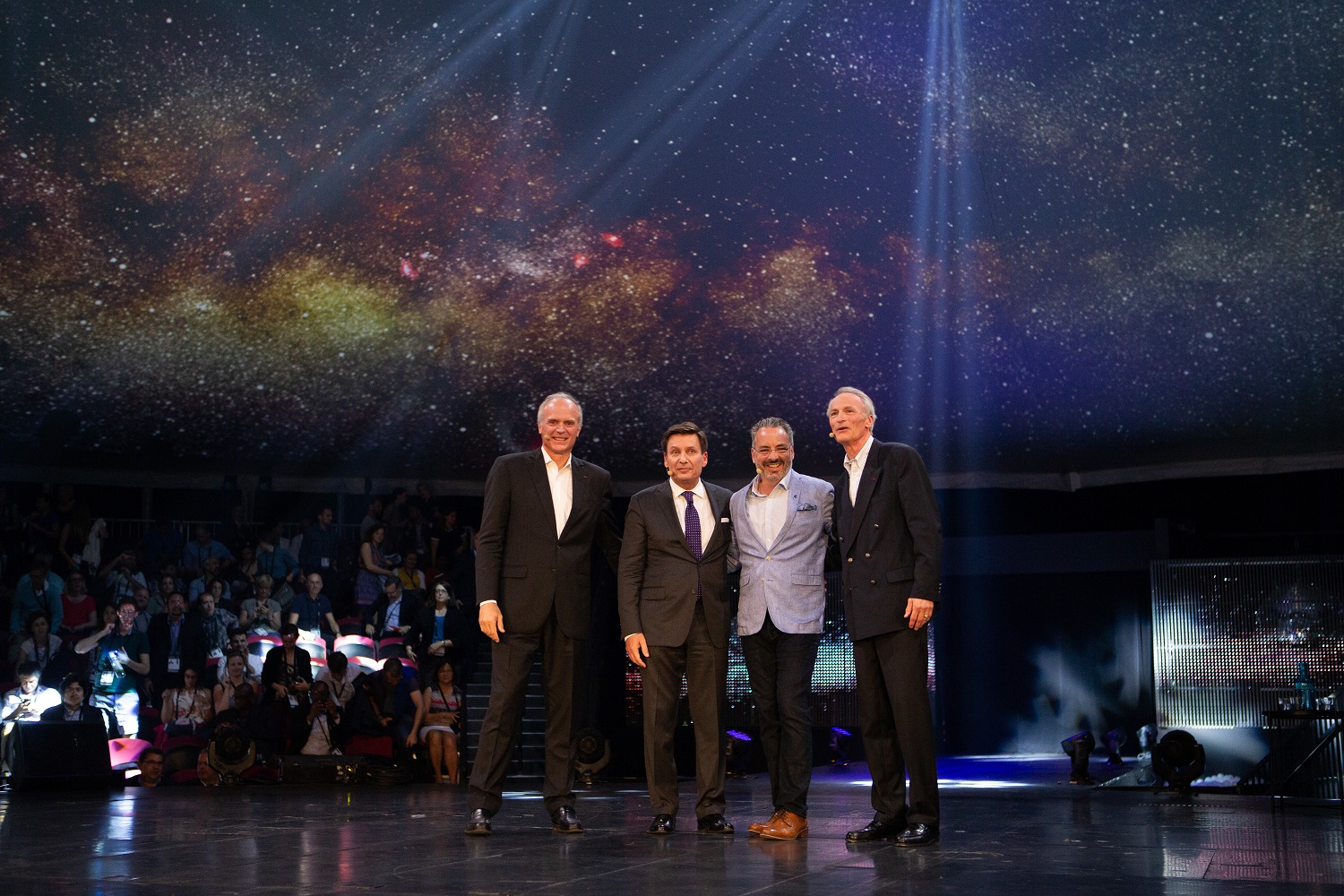
- Published in CAR REVIEWS

